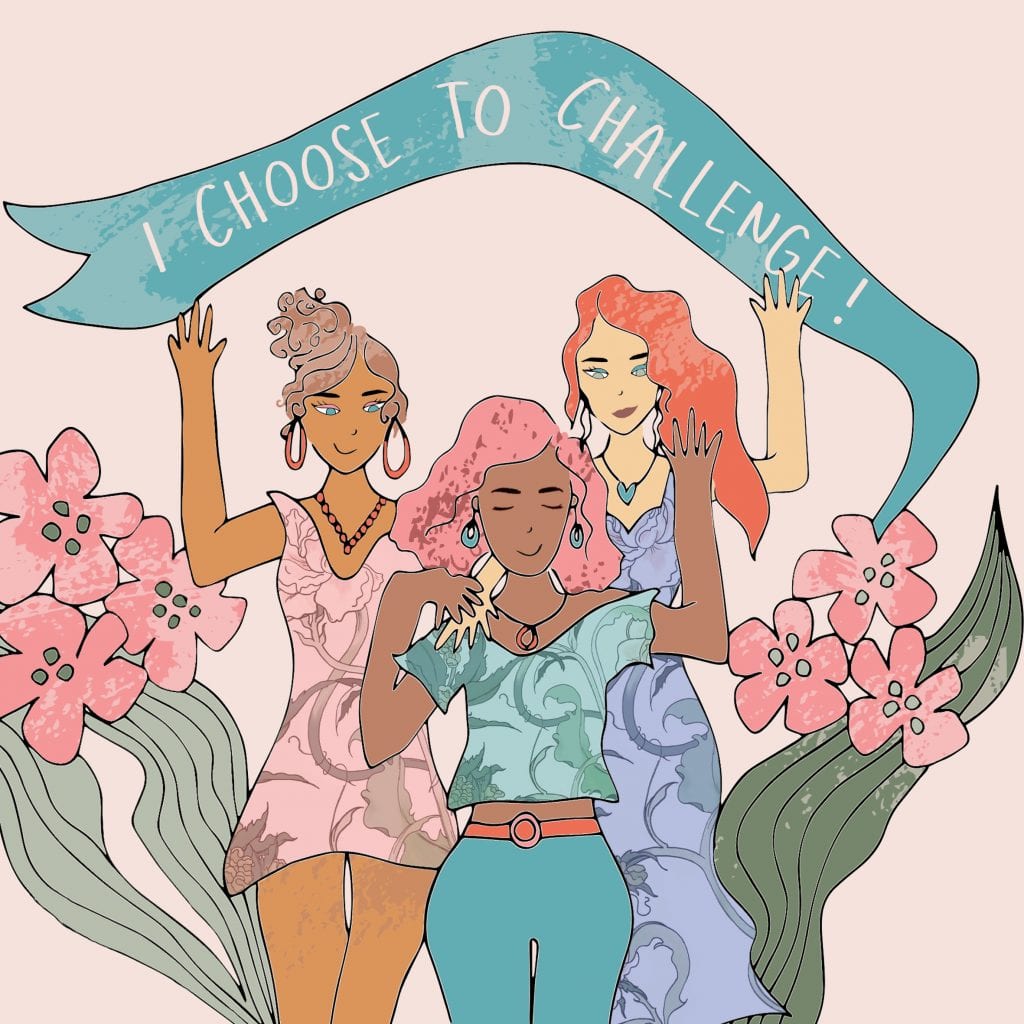
By Sarah Todhunter
The last decade has been a progressive time for women. From the #metoo and #timesup movements to the courage shown by women of colour, raising their voices to remind the world that Black Lives Matter. But while we’ve undoubtedly come a long way, there’s still much work to do.
One of the most significant ways the gender gap reveals itself in our society isn’t through pay grades, but healthcare outcomes. Women are time and time again receiving substandard treatment in comparison to their male counterparts. Why? Well, where should we start?
Research and Access To Treatment
One of the most significant gaps in women’s healthcare is in the area of research. Issues relating specifically to women’s health are notably less understood, and the medical profession is, therefore, less likely to have the information needed for adequate diagnosis and treatment.
Less than a third of scientific researchers are women, but this alone doesn’t explain the information gap. In fact, it comes down to something far more straightforward, money.
As an example, a study into Gender Bias In Research found that “funding for coronary artery disease in men is far greater than for women, yet the at risk population of women, which is an older age group, suffers more morbidity and mortality.”
When push comes to shove, the people who fund the research are more interested in investing in health issues they could one day face. And, given that only 15 of the world’s 180 largest biotech firms are led by women, that doesn’t bode well.
Without question, if menopause were to affect men, it would become a top priority for research. But, as it’s a “women’s issue”, it will come as no surprise that there has been more research and funding for erectile dysfunction pill Viagra than for life-altering HRT.
Diagnosis Gap
Research conducted predominantly on, and for, white males leads to another dangerous healthcare gap – diagnosis. With so much research based on the male experience, there is an acute risk of women being misdiagnosed due to their symptoms being “atypical”. An excellent example of this is the symptoms associated with a heart attack. Of the 35,000 women admitted to hospital each year, half receive the wrong initial diagnosis. It’s no surprise then that coronary heart disease is the biggest killer of women worldwide.
Pain Gap
Another way that women are disadvantaged when it comes to accessing healthcare is the dismissive attitude toward their pain. Multiple studies have shown that women who present to the A&E department in pain are less likely than men to be given pain relief and more likely to be given sedatives on the assumption their pain is “in their head”.
Consider too the women who present with excruciating periods for years but are assured it’s either normal or psychological, only to be later diagnosed with endometriosis. Not only are these examples commonplace, but they’re only a few of the many ways that healthcare professionals dismiss women’s pain.
The pain gap in gender issues doesn’t only impact a woman’s physical health, but can affect her mental health and her ability to study, work, and enjoy a good quality of life.
Race
We couldn’t discuss the glaring gaps in the quality of healthcare for women without discussing race. While, on the whole, women receive inferior health outcomes in comparison to men, the reality for women of colour is even more stark.
Take, for example, the rates of death in childbirth. According to the British Medical Association Women’s Health Inequalities Report, “a quarter of women who died during maternity in 2012-2014 were born outside of the UK, and 46% were not UK citizens”.
How do non-UK citizens account for nearly half of all deaths in maternity? Let’s look into that further.
| Mortality Rates Within The UK | |
| Country of Birth | Mortalities per 100,000 |
| UK | 7.87 |
| Poland | 5.78 |
| Bangladesh | 12.5 |
| Nigeria | 17.7 |
| Jamaica | 50.0 |
This table tells us that the death rates aren’t equal across all women who are born abroad but that it is women of colour who are disproportionately affected. I’m sure we’d all agree that the likelihood here isn’t that women from African and Asian origins aren’t less able to physically deliver a child, but that it is their experience within our hospitals that is more likely to lead to an unfavourable outcome.
In short, while women as a whole struggle to be heard when discussing pain, women of colour are even less likely to have their concerns listened to. We can’t campaign to raise the standards of women’s healthcare without first acknowledging that we’re not all impacted by it equally.
How We Close The Gap In Healthcare
Improving the healthcare system to better meet the needs of women is no small task, but in its essence, the way forward lies in two things: empowerment and education.
Empowerment
As women, we need to start talking about our health without embarrassment. Topics such as bleeding, vulvas, vaginas, itchiness and discharge, are part and parcel of our lives and shouldn’t be something we’re afraid to mention to our GP.
Advocate for yourself in the same way you would for your friend, child, sister or mother. And, if you don’t feel that you’re being listened to, get a second opinion. Nothing is more important than your health.
Education
Without question, the medical sector needs a wake-up call. From those working on maternity wards to local GPs, balancing the health outcomes for anyone entering a medical setting needs to become a key focus.
But it isn’t just medical professionals who need this education; it’s us too. Not only do we need to empower ourselves to speak up, but we also need to pay more attention to our bodies and be aware of potential warning signs.
Gynaecological cancers are one clear example of this, as they’re often found tragically late, contributing to their mortality rate of 37%. By being alert to symptoms, attending check-ups and advocating for ourselves and others, we can begin to reduce this and all other negative statistics in women’s healthcare.
